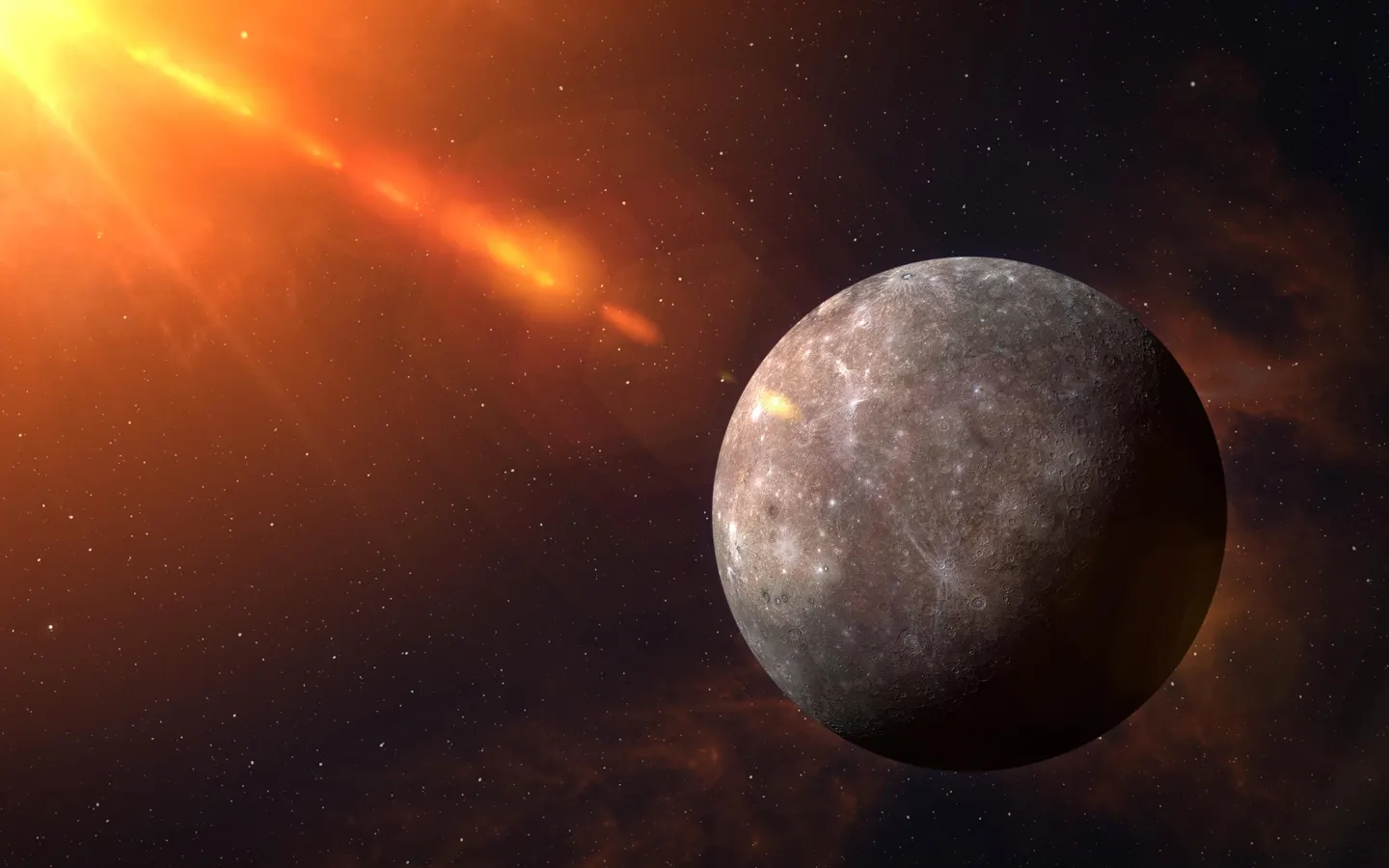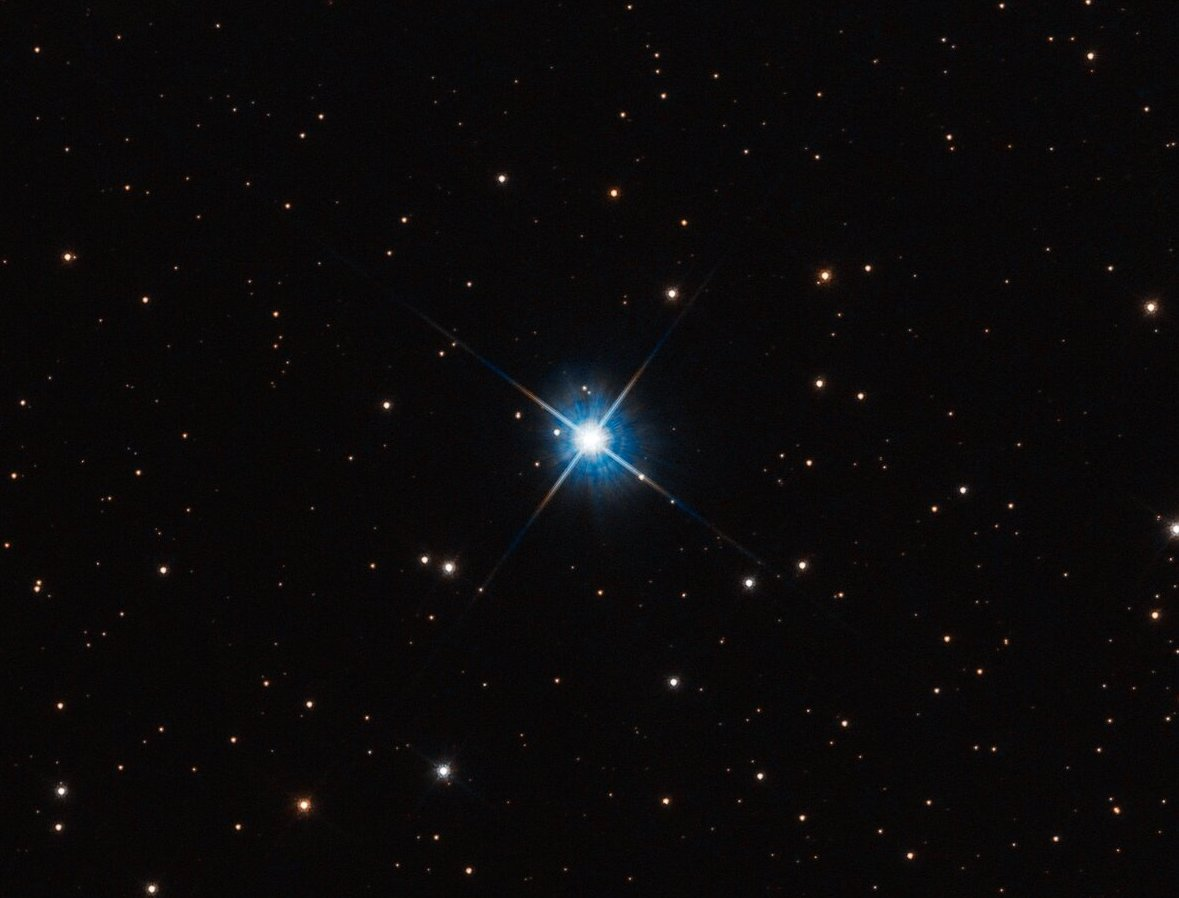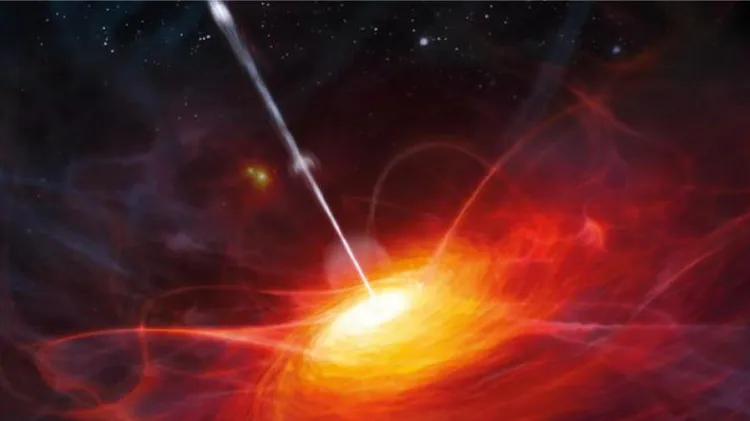Mercury, the smallest and innermost planet in our solar system, is a world of extreme conditions and fascinating mysteries. With a diameter of just 4,880 kilometers, Mercury is only slightly larger than Earth’s Moon. Its proximity to the Sun results in extreme temperature fluctuations, ranging from a scorching 430°C (800°F) during the day to a freezing -180°C (-290°F) at night. Unlike Earth, Mercury has almost no atmosphere to regulate heat, making it one of the most inhospitable places in the solar system.
Despite its harsh environment, Mercury has intrigued astronomers for centuries. The planet’s surface is heavily cratered, resembling the Moon, and provides valuable clues about the solar system’s early history. Mercury’s unique orbit, which exhibits a slight wobble known as precession, played a crucial role in confirming Einstein’s theory of general relativity. Space missions like NASA’s MESSENGER and the ongoing ESA-JAXA BepiColombo mission have provided stunning insights into Mercury’s composition, revealing evidence of ice in permanently shadowed craters at its poles.
Studying Mercury is essential to understanding planetary formation and evolution. Its iron-rich core makes up a significant portion of its mass, hinting at a violent past where much of its outer layers were stripped away. While Mercury may not support life, its unique properties continue to challenge scientific theories and expand our knowledge of the solar system’s dynamic history.





